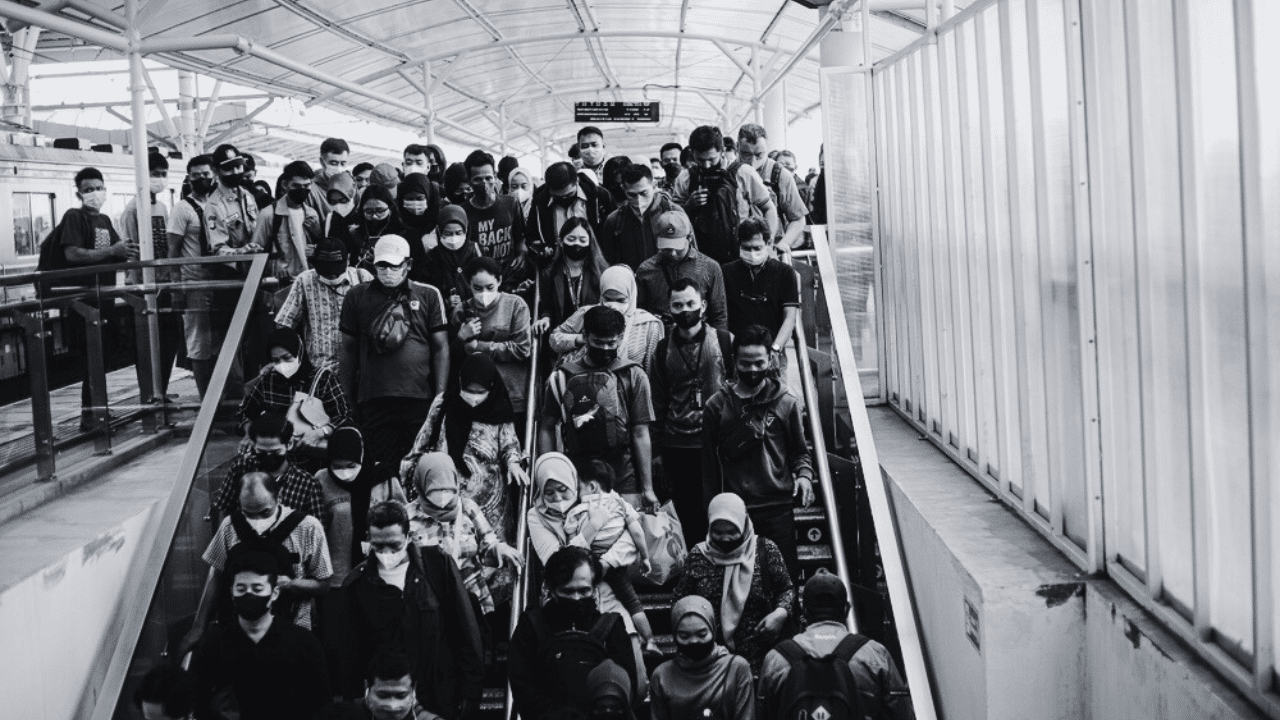The migrant caravan heading to the U.S. has grown by over by a thousand in just 24 hours, as social media teaches Chinese citizens how to reach the American dream.
According to Daily Mail, Hundreds more have joined the caravan of migrants in Mexico bound north, one of the organizers said, bringing the total number to about 7,000 as the group traveled through the southern state of Chiapas.
Organizer Irineo Mujica said on Tuesday the caravan had swelled since Monday by about 1,000 to more than 7,000 people, although a spokesperson for the Chiapas government said state authorities still estimated its size at around 3,500 participants.
It comes as the US is seeing a big increase in arriving using a relatively new and perilous route through Panama’s Darién Gap jungle, thanks in part to social media posts and videos providing step-by-step guidance.
Chinese people were the fourth-highest nationality, after Venezuelans, Ecuadorians, and Haitians, crossing the Darién Gap during the first nine months of this year, according to Panamanian immigration authorities. Chinese migrants using this route fly to Ecuador and then make their way north to the U.S.-Mexico border.
The monthly number of Chinese migrants crossing the Darién has been rising gradually, from 913 in January to 2,588 in September. At the U.S.-Mexico border, the Border Patrol made 22,187 arrests of Chinese people for crossing the border illegally from Mexico from January through September, nearly 13 times the same period in 2022.
On Tuesday the caravan was resting in the municipality of Huehuetan, about 16 miles from Tapachula, a city near the Guatemalan border from which the migrants set off. On Wednesday, the caravan will aim to reach the town of Huixtla, about 13 miles to the north, Mujica said.
Migrants from Central America, Venezuela, Cuba and Haiti initiated the trek Monday after they had grown frustrated with the long wait times the Mexican government was taking to process their refugee or exit visa applications at the main immigration processing center in the Chiapas town of Tapachula, near the Guatemala border.
Mexico’s National Migration Institute, which is tasked with approving or denying the applications, has been backed up with requests. Migrants normally wait weeks or months to have their status legalized, which allows them to work and move freely in the country.
The march is said to be the largest since June 2022 when 6,000 people, many from Venezuela, took off from Tapachula.
The Darien Gap route is viable for Chinese immigrants because they can fly into Ecuador without a visa. From Quito, they join Latin Americans to travel through the once-impenetrable Darién and across several Central American countries before reaching the U.S. border. The journey is well-known enough it has its own name in Chinese: walk the line, or ‘zouxian.’
Short video platforms and messaging apps have popularized the route. They provide on-the-ground video clips and step-by-step guides from China to the U.S., including tips on what to pack, where to find guides, how to survive the jungle, which hotels to stay at, how much to bribe police in different countries and what to do when encountering U.S. immigration officers.
Translation apps allow migrants to navigate through Central America on their own, even if they don’t speak Spanish or English.

















